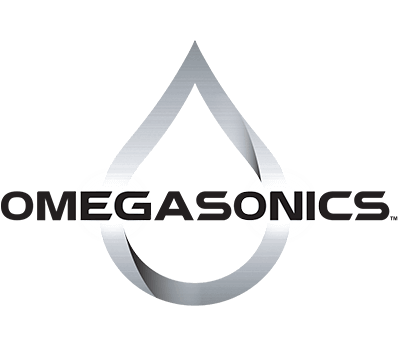Ultrasonic Cleaning Detergents 101
[seopress_breadcrumbs]
Considerations
Knowing that ultrasonic cleaning detergents and solutions are environmentally friendly and safe for employees is definitely something that keeps our planet and its inhabitants safe. Although, it is important to remember that there are still few other key pieces to consider when choosing a detergent or solution:
Heat
Many detergents are used in ultrasonic cleaners in combination with heat, which eliminates air trapped in the water tank. Most application use 122-149f (50-65c). When working with medical and food parts, it is important to use temperatures below 100f (38c) to avoid proteins denaturing and then coagulating contaminants, further adhering them to the surface of the part.
Longevity
Many detergents and solutions have longer lifespan than others, which inevitably helps to cut down on long-term costs… but it is important to consider that each detergent has their own pros and cons. For example, emulsifier solutions that remove oil and coolants don’t last too long, but they are highly effective at removing the contaminant. As soon as the emulsifier solution becomes saturated with oil, it is no longer effective. On the other hand, a separator solution (OmegaClean & OmegaSupreme) remains effective for up to 3 months or longer, but is less effective than an emulsifier solution and can risk contamination during removal of the part since the oil contaminant removed floats to the surface of the ultrasonic cleaning bath.
Disposal
The vast majority of ultrasonic cleaning detergents are environmentally safe and water-based. Although, depending on the contaminant being removed, some necessary steps might need to be taken to dispose of correctly. Wastewater evaporators reduce the amount of material being disposed of since ultrasonic cleaning baths are usually 92-95% water. These solutions can then be effectively filtered and neutralized to be released into sewer systems safely and legally. If filtration and neutralization is not on the table, companies may often pay waste management firms to dispose of these materials in the form of large drums.

